Cambridge University is a global centre for education and offers some of the finest architecture in Britain. Here we discover the history of this ancient city
Words: Hilary Macaskill
When the first scholars arrived in Cambridge in the early 13th century, this Fenland town, with its easy access by river, was already a busy trading centre. But, in the years following 1209, as more scholars arrived, it became equally known as a place of learning. Soon they were coming in large enough numbers to set up hostels under masters: forerunners of the colleges, which this year have been participating in the 800th anniversary of the university.
Peterhouse College
The first college was Peterhouse, founded by Hugh de Balsham, Bishop of Ely in 1284. Other establishments for ‘studious scholars’ followed in the next couple of centuries, many along the River Cam, though not without engendering yet more friction with locals. In 1231, King Henry III tried to regularise teaching there – only those under the tuition of a recognised master could remain to study, but arguments between town and gown continued, on and off.
Cambridge: A medieval city
Now, however, Cambridge is inextricably linked with its academic status and is a calm and attractive place. With its cobbled narrow streets and medieval passages, its constant flurry of cycles of all shapes and sizes stressing its population of students, its lively market, and so many handsome buildings, the erection of which surely musï have brought pleasure to even the most resistant of locals, it is a delightful place to spend a day or more.
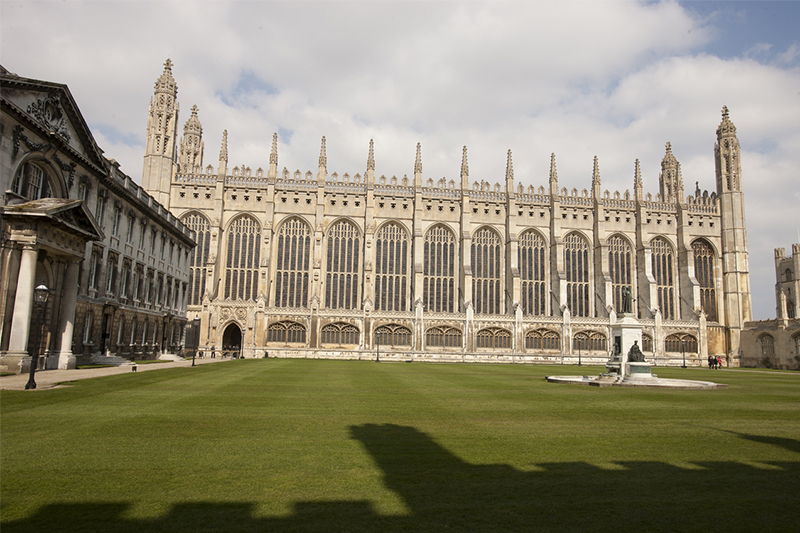
Cambridge: The Backs
Where Cambridge shows its finer side is along The Backs – behind the older, riverside colleges whose lawns and gardens stretch down to the water – which are at their best in the spring, when the grassy banks are covered with crocuses and daffodils, but always lovely. Even better is the view from a punt, self-propelled (not too difficult with a little practice) or in one of the many chauffeured punt tours, as one can see at close quarters the colleges and the bridges, including the wooden Mathematical Bridge by Queens’ College originally built in 1749, and the covered Bridge of Sighs, at St John’s College, based on the one in Venice.
The colleges give the town its unique distinction. There are 31, from Peterhouse to the newest, Robinson, opened in 1977. Each has its individual history, some of it very royal: Henry VI founded King’s College; his wife, Margaret of Anjou, Queens’ College (the plural ‘Queens’ because Elizabeth, wife of Edward VI, became its patron a few years later); Trinity was established by Henry VIII (note, in the statue over the Great Gate, a chair leg has replaced the sceptre in the monarch’s right hand, courtesy of some rumbustious student of the 19th century). Trinity’s Great Court is the home of the Great Court Run (famously featured in the film Chariots of Fire) and Corpus Christi has the finest surviving medieval court. Emmanuel College has a chapel designed by Christopher Wren – and inside is a plaque in honour of one of its best-known students: John Harvard, who emigrated to America, and endowed the college in Massachusetts which is now named after him.
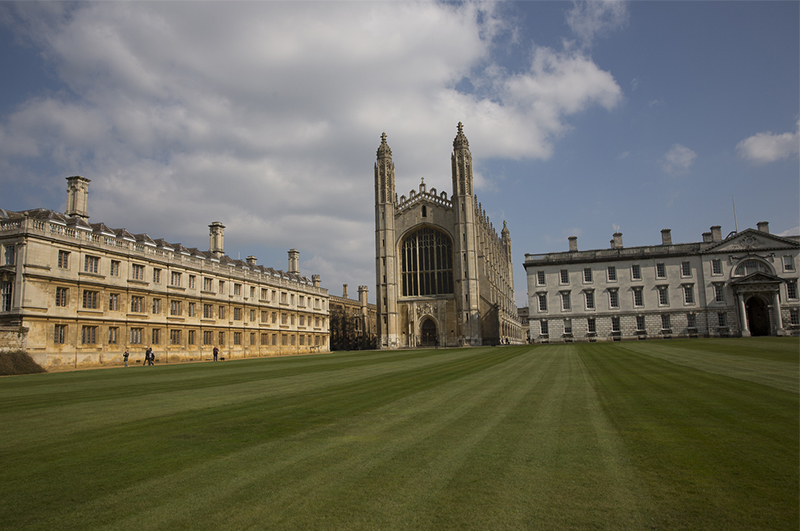
Famous Cambridge graduates
Almost all the colleges can claim eminent graduates, including more Nobel prize winners than any other university; poets John Milton, William Wordsworth, Lord Byron, Samuel Taylor Coleridge, Ted Hughes; politicians (including Oliver Cromwell who, with complete disregard for the royal connections with Cambridge, abolished the monarchy); scientists Isaac Newton, Francis Crick and James Watson who discovered DNA and – most appropriately in this year marking the 200th anniversary of his birth and the 150th of On the Origin of Species – Charles Darwin. Don’t miss the Darwin exhibitions and walking tours until the end of the year.
Cambridge Botanic Gardens
A walk round Cambridge might start with a tour of the Botanic Gardens, one of whose entrances is conveniently close to the railway station. Created by John Henslow, botanist and mentor of Charles Darwin, it features a series of gardens, which are both instructive and pretty – for example, the Dry Garden (sponsored by Cambridge Water Company) is an enclosed patch crammed with blooming plants that are never watered. The chronological garden tracks the introduction of overseas plants from Roman times to more precisely dated arrivals: shrubby bindweed in 1640, yucca from North America in the late 17th century, forget-me-nots from the Caucasus in 1800, anemones from Japan in 1844. The Healthy Herbie garden demonstrates the plants that are providing help in medicines, such as garlic in anti-blood-clotting, nettles for osteoarthritis: soon to be unveiled is a world medicine trail.
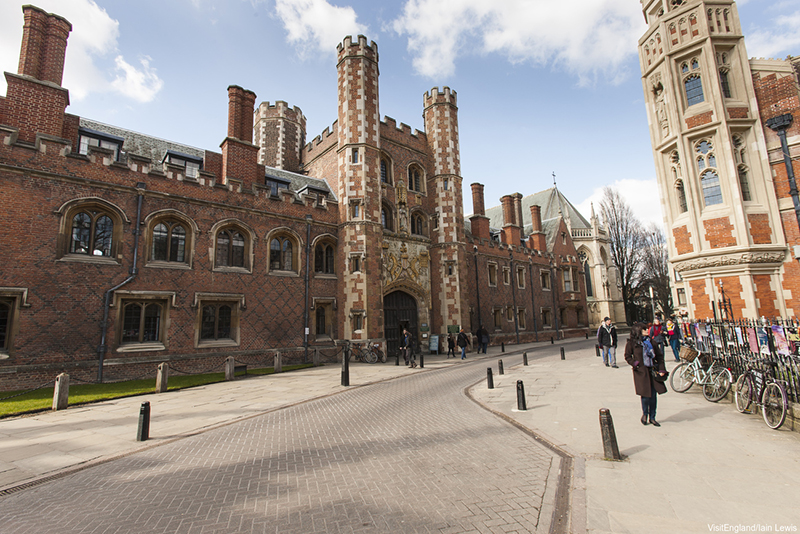
Exploring the streets of Cambridge
Leaving this haven of calm by the new Brookside Gate, it is a few minutes walk, alongside Hobson’s Conduit, which brought drinking water to Cambridge in the 17th century, to the Fitzwilliam Museum, once described as the finest small museum in Europe. There are many others, not surprising in a town of academic endeavour: from the Scott Polar Research Institute, illustrating explorations of the past including mementos of Scott’s ill-fated expedition, to Kettle’s Yard, transformed by a former Tate Gallery curator, Jim Ede, from four cottages into a place where students could feel at home, enjoying its contemporary art collections (with works by Brancusi, Miro and Nicholson). It is a complete contrast to the classical pillared building of the Fitzwilliam, with its glorious gilded and glazed dome, the endowment of a wealthy aristocrat, Richard, Viscount Fitzwilliam of Merrion, who travelled Europe acquiring the masterpieces which form the kernel of its acclaimed collection. In 1816, he bequeathed to the University of Cambridge his works of art and library, together with funds to house them, to further ‘the Increase of Learning and other great Objects of that Noble Foundation’. The treasures now span the arts from a sculpture of Einstein by Epstein, paintings by Canaletto, Cezanne, Monet, and Titian, medieval illuminated manuscripts, a fan collection (with examples of courtesans’ and court fans), Japanese porcelain collections and Egyptian antiquities. One thing that particularly attracts today’s visitors is a set of 17th-century Chinese porcelain vases. For over 50 years they sat on a recessed windowsill on the staircase. In 2006, they hit the headlines, when a hapless visitor, tripping over his shoelaces cannoned into them, shattering them into hundreds of pieces. Now restored and on display in the gallery of flower paintings above the staircase, they represent a miracle of reconstruction, their cracks barely discernible.
The way into the centre of town leads past many other venerable buildings: the square tower and imposing façade of Cambridge University Press, set up in 1584; the Church of Saint Benet, the oldest church, dating back to 1025. But on the corner of Benet Street and King’s Parade is the most modern of Cambridge’s attractions, the Corpus clock unveiled last year by Stephen Hawking, author of A Brief History of Time, and Lucasian Professor of Mathematics. A gold-plated dial surrounded by slits illuminated by blue, marking off the hours, minutes, seconds, topped by a grasshopper-like monster atop – a cross between a lizard and a stag beetle, a time-eater.
One way to forget the passage of time, during term time at least, is by attending a choral service at King’s College Chapel, itself one of the finest examples of Gothic architecture, with its famous fan vaulted ceilings. Candles flicker in their glass chimneys, serving to enhance the lustrous colours of Rubens’ Adoration of the Magi hanging above the altar. The incantatory rise and fall of fine voices joined in song is a suitably tranquil way to end a day in Cambridge.
Must see Cambridge
Punting on the River Cam: Scudamores’ guided tours leave punt stations at Mill Lane and Magdalene Bridge. Or hire your own punt.
Tel: (01223) 359750 or visit www.scudamores.com.
Fitzwilliam Museum: an eminent and eclectic museum, with excellent collections from around the world.
Tel: (01223) 332900 or visit www.fitzmuseum.cam.ac.uk.
Kettle’s Yard: housing modern art collections in an architecturally innovative building on Castle Street, with the emphasis on an informal atmosphere.
Tel: (01223) 748100 or visit www.kettlesyard.co.uk.
King’s College Chapel: worth a visit any time but especially during a choral service – attending a chapel service is a way to get a glimpse of college life when colleges are closed in the term before exams.
Tel: (01223) 331100 or visit www.kings.cam.ac.uk/chapel.
Fitzbillies: just along the road from King’s, on Trumpington Street, this is one of the most traditional places in Cambridge to savour a delicious cream tea. Tel: (01223) 352500 or visit www.fitzbillies.co.uk.
The Botanic Garden: the restored Glasshouse Range demonstrating plant diversity from around the world. The woodland and stream gardens, fountain lawns and picnic areas makes this the perfect place to retreat from academia.
Tel: (01223) 336265 or visit www.botanic.cam.ac.uk.

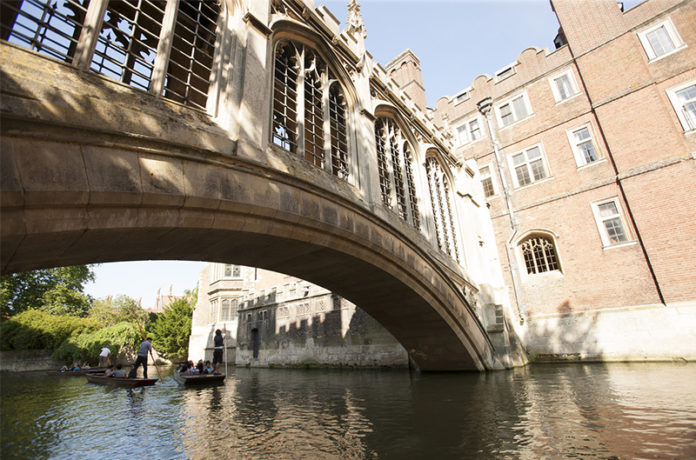

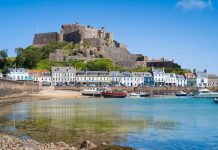
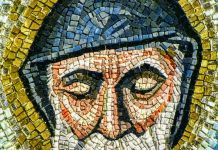

 © 2024
© 2024